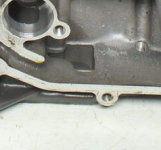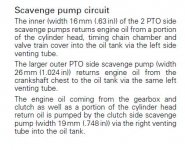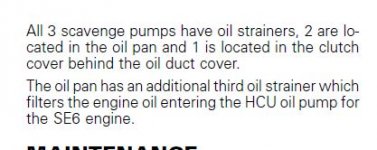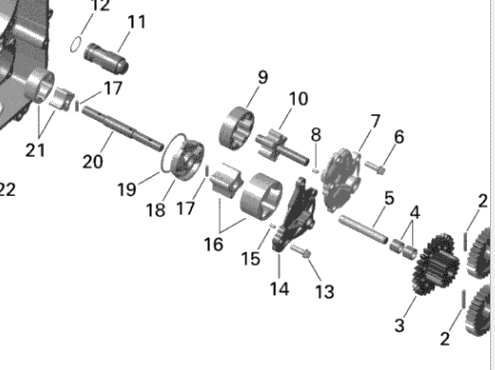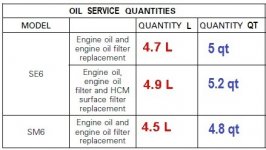Well, the engine may have been around for six years or so, but we have yet to take posession of the vehicle, which is why THIS 'dipstick' is trying to get it right before messing it up.Problem is not the oem BRP Dipstick but the Dipsticks trying to read the dipstick. This is an oil level check. Not difficult. Start engine, run a few minutes and check. Being a tad below full is ok, thats why there is a range. The oil level only increases very slightly when fully hot. Simple, do not fill to max when cold checking it.
The true humor in this / these oil level topics is that the 1330 arrived in 2014 and now 6 years later owners still can not figure it out.
I still say it's way too complicated a process for what should be a very simple task.
.

